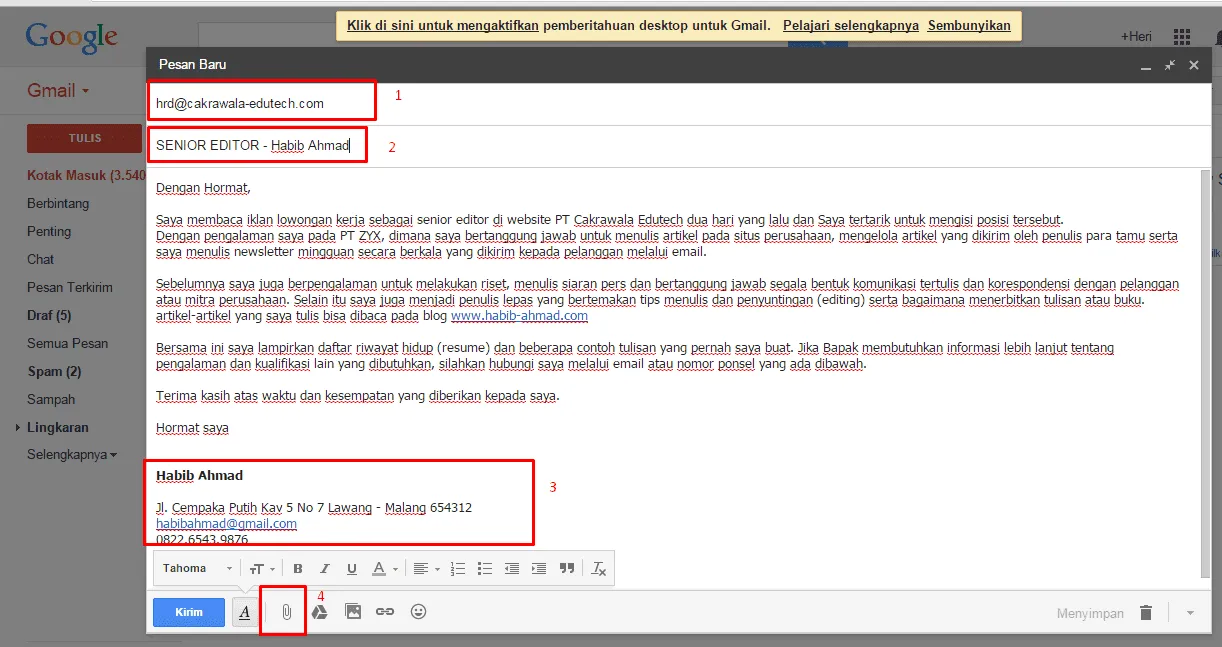Cover Letter Body of Email
The body of an email cover letter is a crucial component of your job application package, often serving as the first impression you make on a potential employer. Unlike a traditional cover letter sent as a separate document, the email cover letter is integrated directly into the body of your email. This requires a concise yet compelling approach to capture the reader’s attention and highlight your qualifications. The goal is to make a positive impact and encourage the hiring manager to review your resume. This requires careful attention to detail, from the opening paragraph to the closing. By understanding the specific aspects of this format, you can effectively communicate your value and increase your chances of securing an interview.
Understanding the Purpose of a Cover Letter
The primary purpose of a cover letter, whether in email format or otherwise, is to introduce yourself and your resume to the hiring manager. It’s your chance to provide context to your application, explain why you’re a good fit for the role, and show your personality. A well-crafted cover letter goes beyond simply reiterating what’s on your resume; it connects your skills and experiences to the specific requirements of the job. It allows you to demonstrate your understanding of the company and the role. Moreover, a cover letter serves to humanize your application, giving the recruiter insight into your communication style, enthusiasm, and professional approach, setting the stage for a more personal connection.
Highlighting Your Key Skills
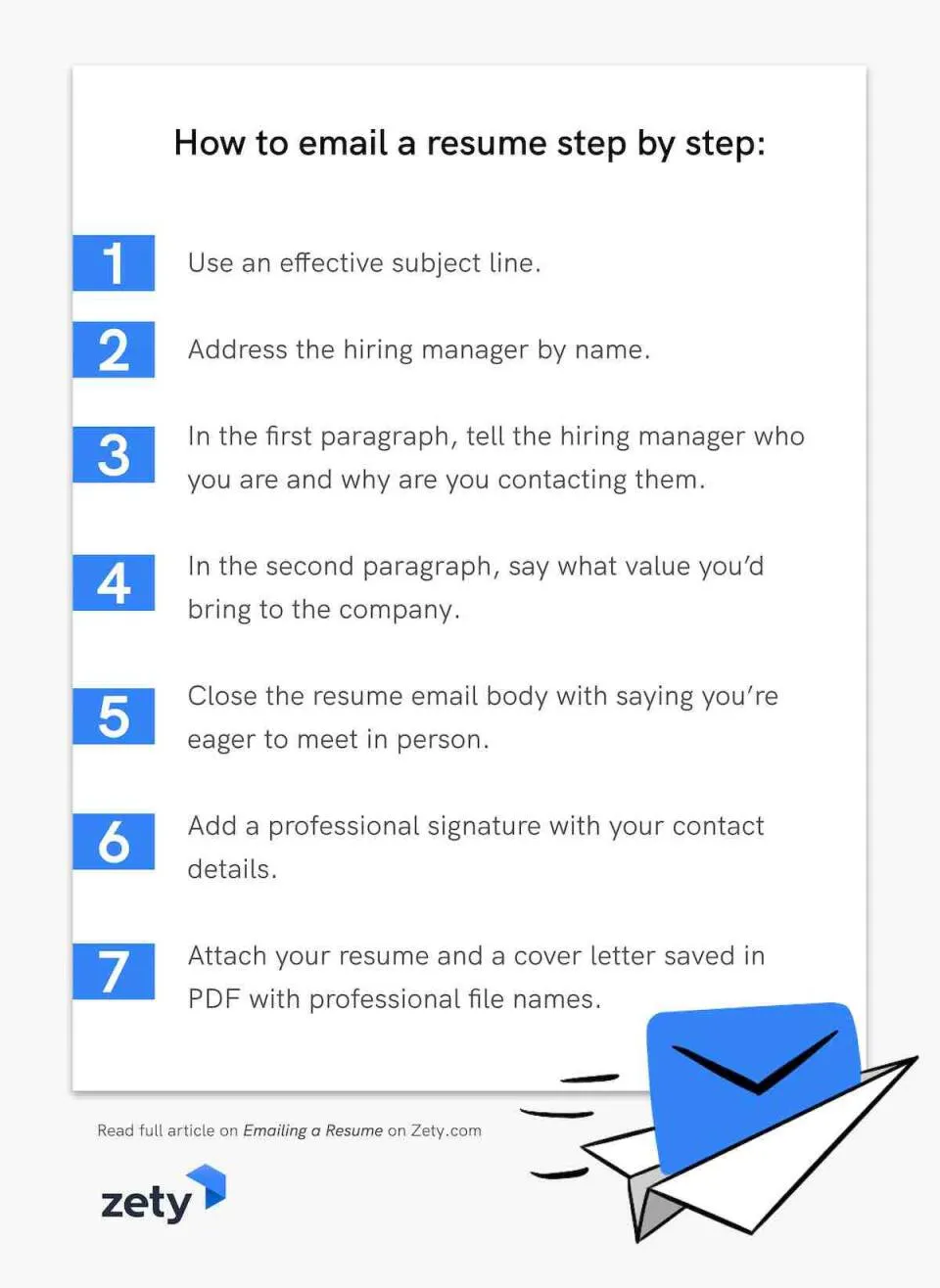
Identifying and highlighting your key skills is essential in the body of your email cover letter. Begin by reviewing the job description and pinpointing the skills and qualifications the employer is seeking. Then, in your cover letter, directly address how your skills align with these requirements. Provide specific examples of how you have utilized these skills to achieve results in previous roles. This could include technical skills, soft skills such as communication and teamwork, or leadership abilities. Quantify your achievements whenever possible. Use action verbs and compelling language to showcase your abilities and demonstrate that you possess the skills needed to excel in the position. This targeted approach ensures the recruiter quickly understands your value proposition.
Researching the Company and Role
Before writing your cover letter, thorough research is critical. Investigate the company’s mission, values, and recent projects. Understand the role’s responsibilities, required skills, and the team environment. Mentioning specific details about the company demonstrates your genuine interest and that you’ve taken the initiative to learn more about them. This could involve discussing a recent company achievement, a project you admire, or how your skills align with their values. This research also helps you tailor your letter to the role, ensuring your skills and experience align with the job’s requirements. This tailored approach is more likely to resonate with the hiring manager than a generic cover letter.
Tailoring Your Cover Letter for Each Application
Avoid sending a generic cover letter. Instead, customize each letter to fit the specific job and company. Review the job description carefully and modify your letter to address the key requirements. Highlight relevant experiences, skills, and accomplishments that align with the position. You can mention specific projects, tasks, or situations from your past experiences. If possible, personalize your letter by addressing it to the hiring manager by name. Show that you have done your research on the company, and that you understand the role’s objectives and how your contributions can help achieve them. This level of personalization shows your attention to detail and sincere interest in the opportunity, increasing your chances of a positive response.
Writing the Opening Paragraph
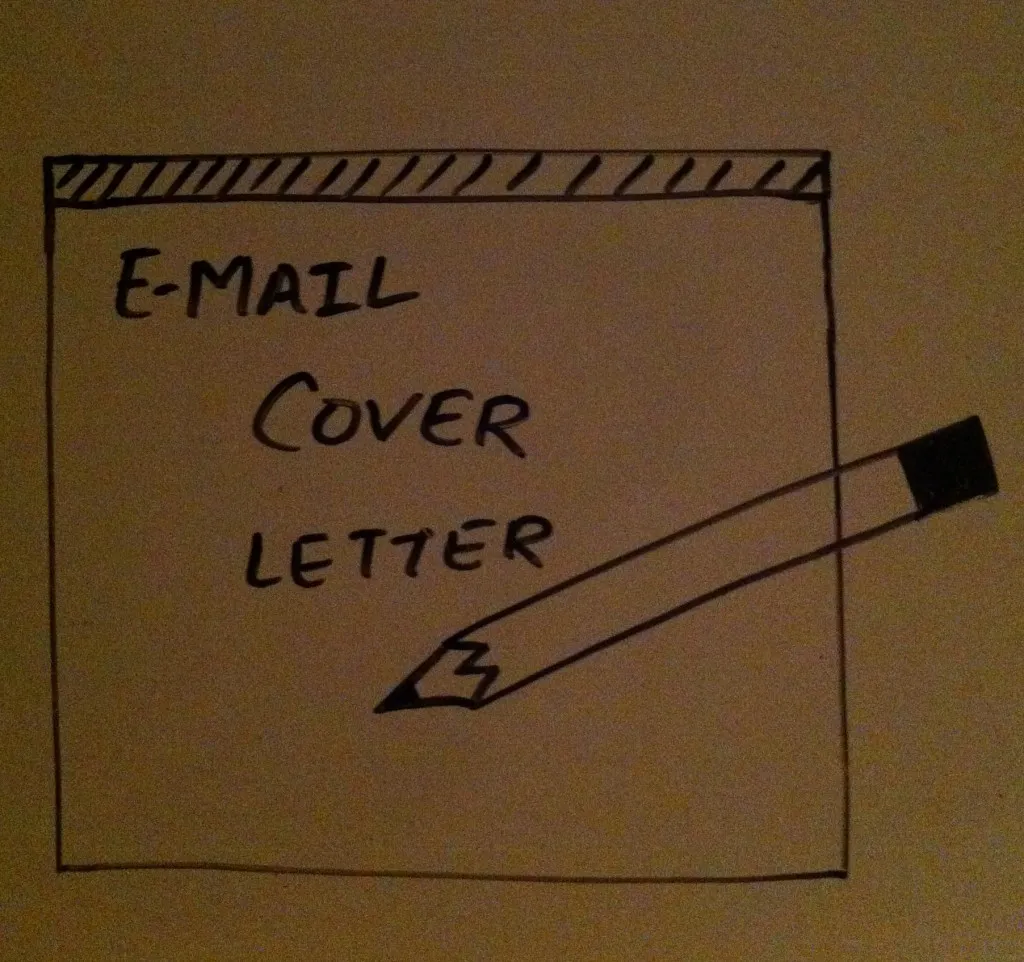
The opening paragraph is your first chance to grab the reader’s attention. Start by clearly stating the position you are applying for and how you found the job listing. Then, provide a concise statement of why you are interested in the role and the company. You can also mention a key accomplishment or skill that immediately captures the reader’s interest. Make a strong first impression, and be enthusiastic about the opportunity. Briefly mention the reasons you believe you are a suitable candidate and what you hope to achieve. Avoid generic openings; personalize the introduction by highlighting something specific that has drawn you to this particular job or company. This sets the tone for the rest of the letter and encourages the reader to continue.
Conveying Enthusiasm and Interest
Show your enthusiasm for the position and the company by using positive and engaging language. Expressing your excitement and interest is essential in your cover letter. It sets a positive tone and shows the hiring manager that you are eager to join their team. Demonstrate your passion by highlighting specific aspects of the job that appeal to you. Make clear why you are attracted to the role and the company. It’s also beneficial to show that you understand the company’s values and mission. This will demonstrate that you have done your research. By highlighting your excitement, you create a favorable first impression and make the reader more interested in your application.
Showcasing Relevant Experience
The body of your cover letter should showcase your most relevant experiences. Select the experiences that are most pertinent to the job’s requirements, and highlight the skills you developed. Use action verbs to describe your responsibilities and accomplishments. Quantify your achievements by including specific metrics and data to support your claims. For example, you could state that you “increased sales by 15%” or “managed a team of ten employees”. Focus on the transferable skills and experiences that align with the job description. Show the hiring manager why you are a suitable fit for the role by providing context to your resume. Keep it concise and focused on the job requirements to demonstrate your value.
Quantifying Achievements and Results
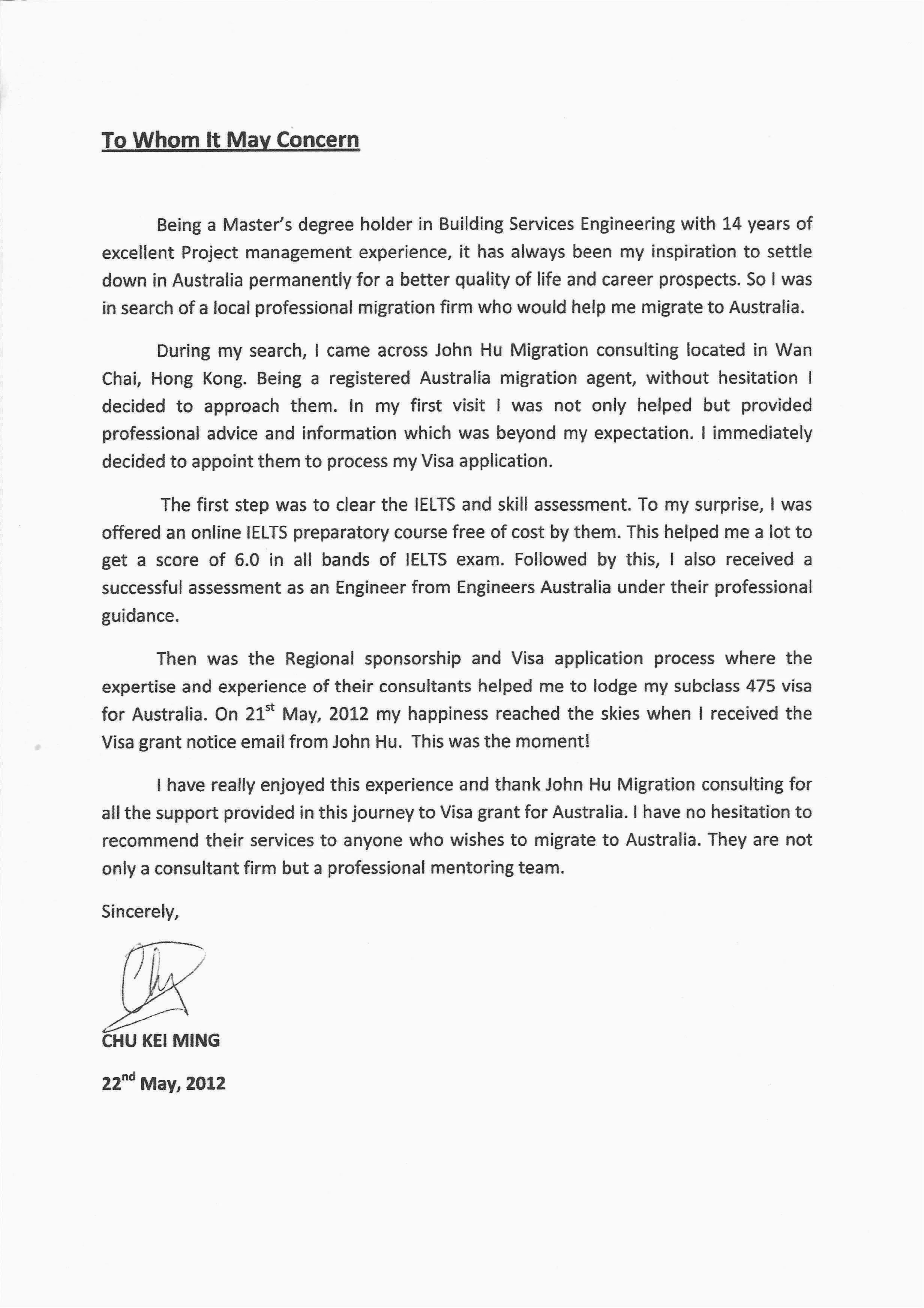
Use numbers and data to quantify your achievements. Instead of just stating what you did, provide specific metrics to demonstrate your impact. For example, rather than saying “Improved customer satisfaction,” you can say “Increased customer satisfaction scores by 20%”. Quantifying results adds credibility to your claims and shows the hiring manager the tangible benefits you can bring to the company. Make sure to align your achievements with the job requirements. This also shows your success and that you have the skills needed to meet the job expectations. Include specific details about your accomplishments, and use data and metrics to prove your value.
Writing a Strong Closing Paragraph
The closing paragraph should summarize your interest in the role and reiterate your value to the company. Reiterate your enthusiasm for the position and summarize the main points of your cover letter. You can also express your belief that your skills and experience align with the company’s needs. End your letter with a clear call to action. This could involve stating your availability for an interview or expressing your readiness to discuss your qualifications further. Thank the hiring manager for their time and consideration. Keep it concise and professional, leaving a lasting impression.
Expressing Gratitude and Next Steps
Express your gratitude to the hiring manager for considering your application. Thank them for their time and attention. State your availability for an interview or follow-up. You can also mention your willingness to provide additional information. Keep the tone professional, and express your interest. Use a positive and enthusiastic tone to leave a lasting impression. Provide your contact information, and make sure you are accessible. Indicate your eagerness to hear back from them, and thank the hiring manager again. This shows your professionalism and attention to detail.
Formatting Your Cover Letter Body
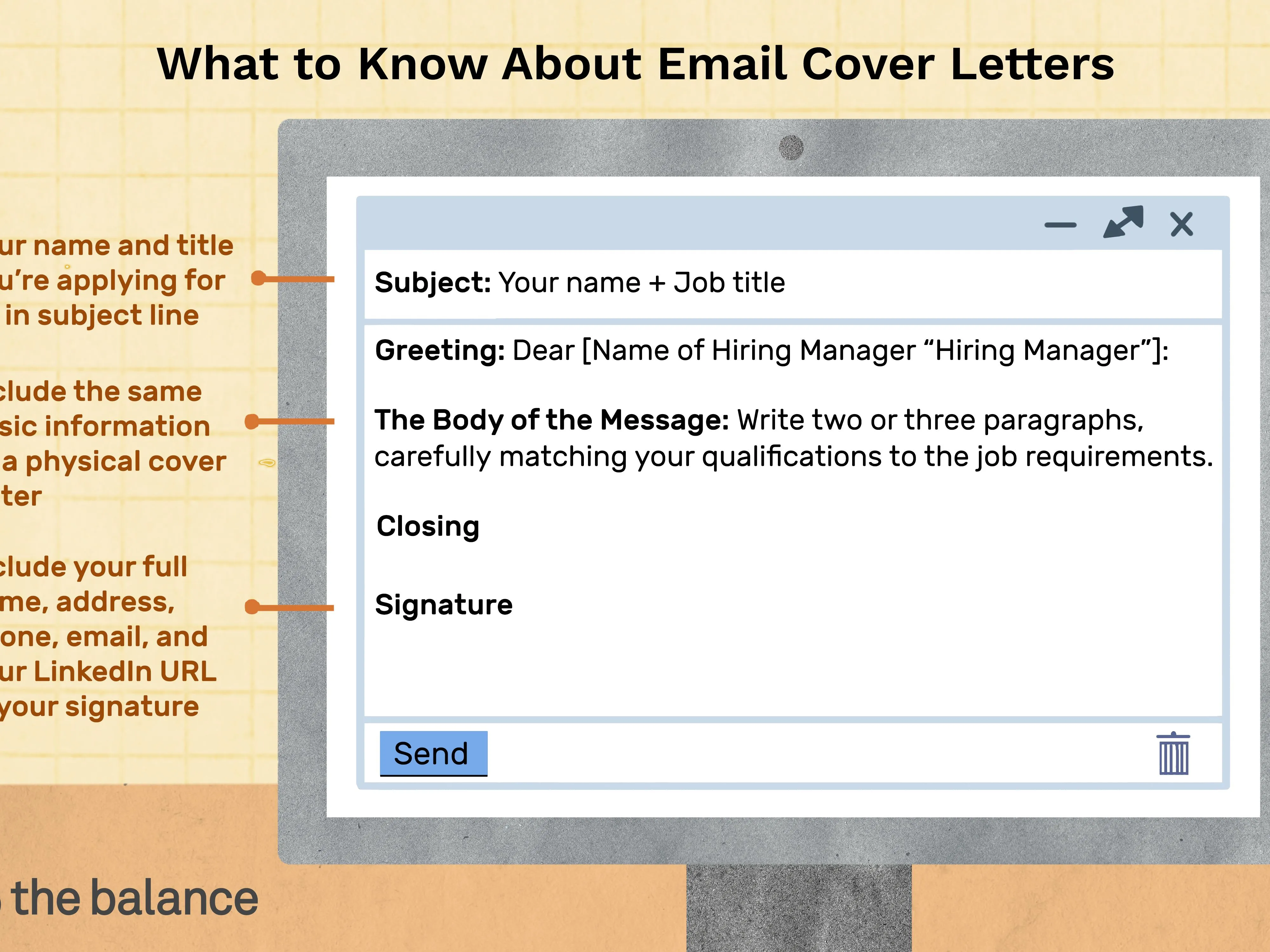
Ensure your email cover letter is easy to read and visually appealing. Use a clear and professional font, and maintain a consistent font size. Keep paragraphs short and concise. Use bullet points or lists to highlight key skills or achievements. Proofread the email carefully for any grammatical errors or typos. Use a professional email signature that includes your name, contact information, and links to your professional profiles, if applicable. Format your email to create a professional look. Consider white space, and readability. Formatting makes a huge impact on the reader.
